
Kod: 02130718
History of Polyolefins
Autor F. B. Seymour, Tai Cheng
The word Polyethylene was probably first pronounced in a lecture which M. P. E. Berthelot delivered on April ,27, 1863 to the Chemical Society in Paris, reporting on the "polymerization" of various simple organic compounds (1). Mu ... więcej
- Język:
 Angielski
Angielski - Oprawa: Twarda
- Liczba stron: 336
Wydawca: Springer
- Więcej informacji o książce

179.08 €

Dostępna u dostawcy w małych ilościach
Wysyłamy za 10 - 14 dni
Potrzebujesz więcej egzemplarzy?Jeżeli jesteś zainteresowany zakupem większej ilości egzemplarzy, skontaktuj się z nami, aby sprawdzić ich dostępność.
Dodaj do schowka
Zobacz książki o podobnej tematyce
-

Nonlinear Optics for the Information Society
116.44 € -

Recent Trends in Combinatorics
40.40 € -

Operators and Nucleus
44.05 € -
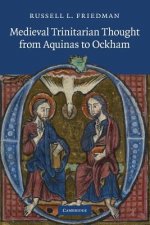
Medieval Trinitarian Thought from Aquinas to Ockham
52.17 € -

People in the Photo
12.68 € -22 % -
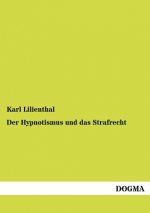
Hypnotismus und das Strafrecht
60.19 € -2 %
Podaruj tę książkę jeszcze dziś
- Zamów książkę i wybierz "Wyślij jako prezent".
- Natychmiast wyślemy Ci bon podarunkowy, który możesz przekazać adresatowi prezentu.
- Książka zostanie wysłana do adresata, a Ty o nic nie musisz się martwić.
Więcej informacji o History of Polyolefins
Za ten zakup dostaniesz 446 punkty
 Opis
Opis
The word Polyethylene was probably first pronounced in a lecture which M. P. E. Berthelot delivered on April ,27, 1863 to the Chemical Society in Paris, reporting on the "polymerization" of various simple organic compounds (1). Much later this work appeared twice in the literature before the classical ICI breakthrough in the 1930's which is so colorfully described in Ballard's lecture. Once it came up at the end of the last century when H. von Pechmann obtained "a white flocculant material" from the decomposition of diazomethane which, one year later, was termed to be "polymethylene" - (CH ) - from E. Bamberger 2 and F. Tschiemer (1). At that time the investigators were disappointed about this product because it was not what they had expected to find in their experiments. As a result any further work was discontinued. The second time that the word polyethylene appeared in the literature to describe a "white solid powder" was in 1930 when C. S. Marvel and M. E. P. Friedericks (2) attempted to prepare alkylated As compounds in which all five valencies were covalently bonded to five monovalent-aTkyl groups. They reacted Tetra-ethyl-arsenium bromide with butyllithium and expected to get tetra ethyl butyl arsenium. Instead they obtained LiBr + AsEt3 + gaseous products. Delicate and somewhat time-consuming analysis gave a surprising result: ethane and C 's were there in the 4 expected quantities but ethylene was missing - or almost missing - in the gas mixture.
 Szczegóły książki
Szczegóły książki
Kategoria Knihy po anglicky Mathematics & science Chemistry
179.08 €
- Pełny tytuł: History of Polyolefins
- Podtytuł: The World's Most Widely Used Polymers
- Autor: F. B. Seymour, Tai Cheng
- Język:
 Angielski
Angielski - Oprawa: Twarda
- Liczba stron: 336
- EAN: 9789027721280
- ISBN: 9027721289
- ID: 02130718
- Wydawca: Springer
- Waga: 1480 g
- Wymiary: 235 × 155 × 23 mm
Ulubione w innej kategorii
-
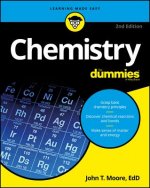
Chemistry For Dummies, 2nd Edition
16.44 € -32 % -

A-Level Chemistry: AQA Year 1 & 2 Complete Revision & Practice with Online Edition
26.49 € -15 % -
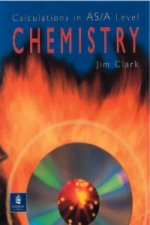
Calculations in AS/A Level Chemistry
56.74 € -

Advanced Chemistry
95.73 € -
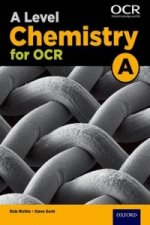
A Level Chemistry for OCR A Student Book
85.17 € -
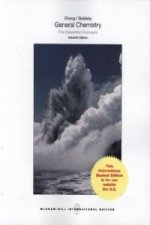
General Chemistry: The Essential Concepts
54.51 € -
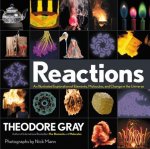
Reactions
25.78 € -17 % -

Chemistry Book
18.97 € -21 % -

Theory And Problems For Chemistry Olympiad: Challenging Concepts In Chemistry
53.29 € -
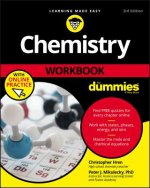
Chemistry Workbook For Dummies with Online Practic e, Third Edition
17.15 € -34 % -

Internal Assessment for Chemistry for the IB Diploma
32.48 € -
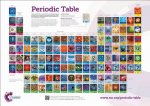
RSC Periodic Table Wallchart, A0
16.64 € -3 % -
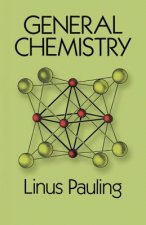
General Chemistry
30.85 € -24 % -

Collected Works of C.G. Jung
33.49 € -22 % -
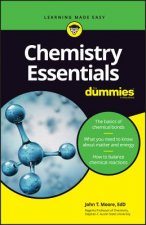
Chemistry Essentials For Dummies
10.45 € -8 % -
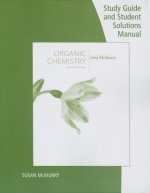
Study Guide with Student Solutions Manual for McMurry's Organic Chemistry, 9th
84.66 € -

Cartoon Guide to Chemistry
14.91 € -35 % -
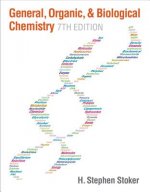
General, Organic, and Biological Chemistry
401.11 € -
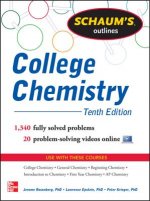
Schaum's Outline of College Chemistry
18.06 € -25 % -
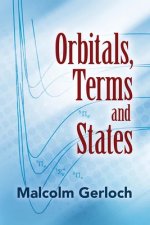
Orbitals, Terms and States
12.88 € -28 % -
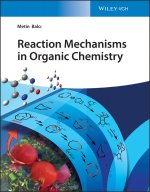
Reaction Mechanisms in Organic Chemistry
89.84 € -4 % -
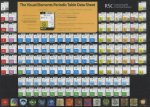
Visual Elements Periodic Table Data Sheet
12.27 € -
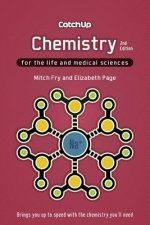
Catch Up Chemistry, second edition
28.42 € -

Oxford IB Study Guides: Chemistry for the IB Diploma
37.96 € -6 % -

Oxford IB Diploma Programme: Chemistry Course Companion
66.08 € -15 % -

Pearson Baccalaureate Chemistry Higher Level 2nd edition print and online edition for the IB Diploma
92.07 € -
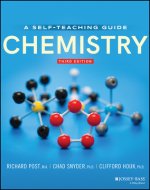
Chemistry - A Self-Teaching Guide, Third Edition
20.70 € -29 % -

Pearson Baccalaureate Chemistry Standard Level 2nd edition print and ebook bundle for the IB Diploma
72.38 € -

Chemistry for the IB Diploma Second Edition
80.60 € -

ISE Chemistry
70.14 € -8 % -

Advanced Chemistry For You
83.04 € -
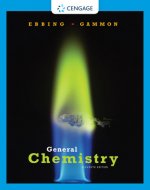
General Chemistry
107.91 € -

Chemistry for the IB Diploma Study and Revision Guide
41.82 € -1 % -

Chemistry: An Introduction to General, Organic, and Biological Chemistry, Global Edition
94.10 € -
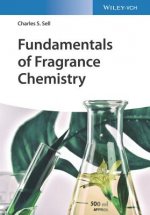
Fundamentals of Fragrance Chemistry
72.28 € -12 % -

Chemistry, Global Edition
103.75 € -

Handbook of Enology 3e 2V Set
416.24 € -

Practice of Royal Icing
113.29 € -32 % -
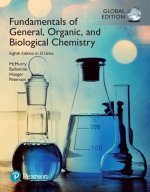
Fundamentals of General, Organic and Biological Chemistry in SI Units
76.84 € -
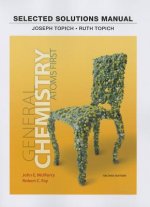
Student Solutions Manual for General Chemistry
130.96 € -

Chemical Fundamentals of Geology and Environmental Geoscience
76.13 € -

Practice Makes Perfect Chemistry Review and Workbook, Second Edition
12.78 € -26 % -

Quantum Mechanics 2e - Volume II: Angular Momentum, Spin, and Approximation Methods
124.15 € -8 % -

Georgian Wine Science
61.82 € -1 % -
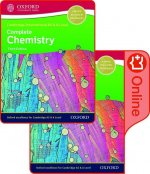
Cambridge International AS & A Level Complete Chemistry Enhanced Online & Print Student Book Pack
93.39 € -

Six Sigma Quality Improvement with Minitab 2e
70.04 € -
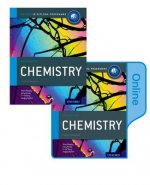
Oxford IB Diploma Programme: IB Chemistry Print and Enhanced Online Course Book Pack
107.91 € -

General Chemistry
95.73 € -
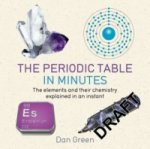
Periodic Table in Minutes
14.41 € -22 %
Osobný odber Bratislava a 2642 dalších
Copyright ©2008-24 najlacnejsie-knihy.sk Všetky práva vyhradenéSúkromieCookies


 21 miliónov titulov
21 miliónov titulov Vrátenie do mesiaca
Vrátenie do mesiaca 02/210 210 99 (8-15.30h)
02/210 210 99 (8-15.30h)